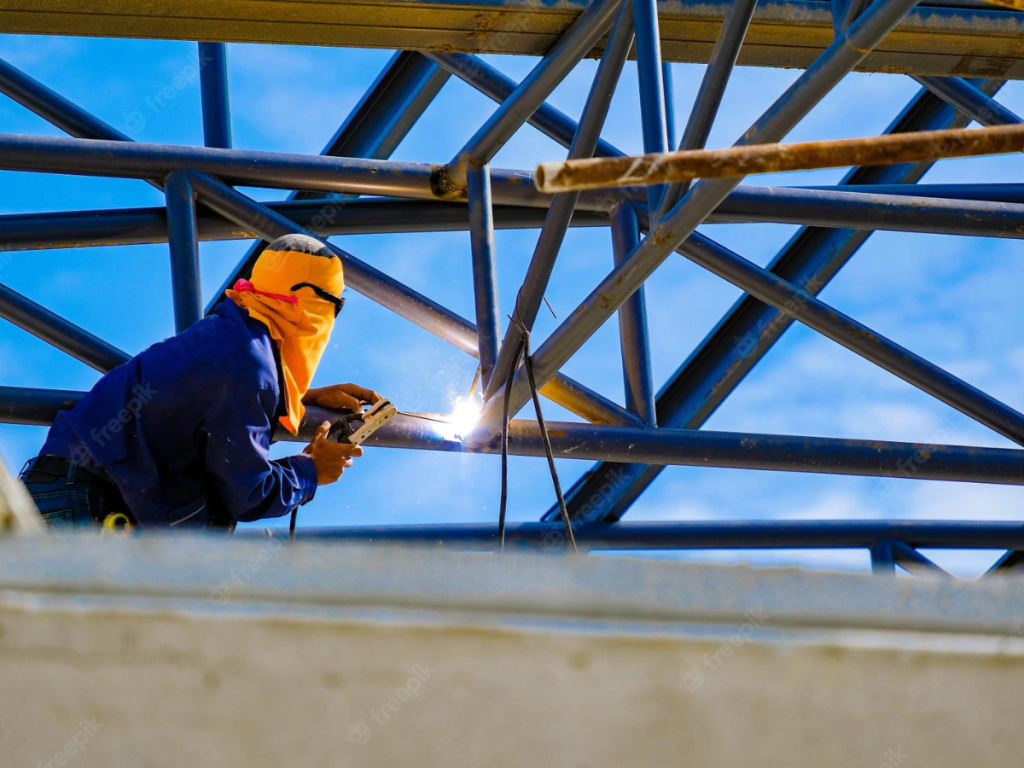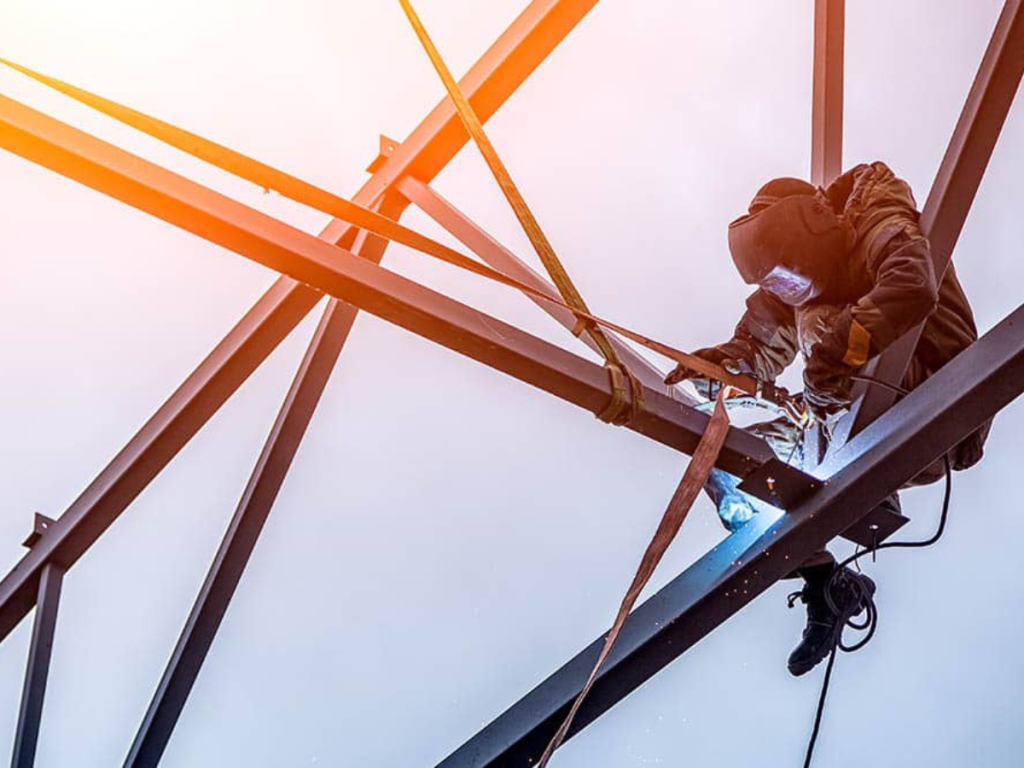Steel has been a mainstay in the construction industry for over 100 years. It is strong, durable, and can be used in a variety of applications. However, despite its popularity, there are many misconceptions about structural steel. In this article, we will dispel some of the most common myths and provide you with the information you need to make an informed decision about using steel in your next project. So read on to learn more about structural steel and why it should be your go-to building material! To ensure you don’t make any costly mistakes on your next steel fabrication project.
Before beginning your next steel fabrication project, it is important to take some time to do your research and avoid making any costly mistakes. One of the most important aspects of the project is choosing the right steel for the job. There are many different types of steel available on the market, and each has its own unique set of properties that will impact the finished product.
In addition, it is also important to consider the other materials that you will need for the project, such as welding supplies and protective gear. By taking the time to plan ahead and do your research, you can ensure that your next steel fabrication project is a success.
What are the different types of structural steel?
Structural steel is a type of steel that is used in construction. It is made from a combination of iron and carbon, and it can be found in a variety of shapes and sizes.
The most common types of structural steel are:
- I-beams: Also known as H-beams, I-beams are characterized by their tapered flanges, which make them ideal for structural applications where strength and weight are important considerations.
- Plate: Plate steel is flat and thin, making it ideal for use in applications where weight is a key concern.
- Angle: Angle steel is characterized by its L-shaped cross-section, making it ideal for use in trusses and other load-bearing applications.
- Channel: Channel steel is also characterized by its L-shaped cross-section, but it differs from angle steel in that it has flanges on both sides of the web. This gives channel steel greater stiffness, making it ideal for use in beams and other load-bearing applications.
Each type of structural steel has its own unique properties that make it well suited for specific applications. As a result, choosing the right type of steel for a given project is an important decision that can have a significant impact on the overall strength and stability of the structure.

What is structural steel used for?
Structural steel is a versatile building material that is used in a wide variety of construction applications. Its strength and durability make it an ideal choice for beams, columns, and other load-bearing members. In addition, structural steel can be used to create trusses, bracing, and other types of framework.
Because it is so strong, structural steel is also often used in the construction of high-rise buildings and bridges. When it comes to choosing a building material, there are many factors to consider. However, structural steel is an excellent option for many different applications.
When does structural steel fail/weaken?
When does structural steel fail? There are three primary ways that structural steel can fail:
- Buckling – When compression forces exceed the steel’s yield strength, the steel can buckle. This can be caused by improper design, or by external forces such as high winds or an earthquake.
- Yielding – When tensile forces exceed the steel’s yield strength, the steel will start to yield (or deform). This can be caused by a sudden impact or by gradual loading over time.
- Fracture – When the steel is subject to extreme stresses, it can fracture. This can be caused by a flaw in the steel itself, or by an impact that is too strong for the steel to withstand.
While all three of these failure modes can lead to catastrophic results, buckling and yielding are usually detectable before they cause serious damage. As a result, regular inspection of structural steel is essential to ensure its continued safety and integrity.
Can you harden structural steel?
The answer is yes, you can harden structural steel.
There are several ways to do this, but the most common way is through a process called quenching.
- Quenching involves heating the steel to a high temperature and then cooling it rapidly. This change in temperature causes the steel to become harder and stronger. There are other ways to harden steel, but quenching is the most commonly used method.
- Hardening steel can be beneficial in many situations, but it is important to understand that it can also make the steel more brittle and difficult to work with. As such, it is important to consult with an experienced professional before attempting to harden any type of steel.
What are the benefits of using structural steel?
Structural steel has many benefits that make it an excellent choice for use in a wide variety of applications. Some of the primary benefits include:
- Strength – Structural steel is one of the strongest building materials available, making it ideal for use in load-bearing applications.
- Durability – Structural steel is designed to withstand heavy loads and stresses, making it an excellent choice for use in structures that will experience high traffic or extreme weather conditions.
- Fire resistance – Structural steel is non-combustible, making it an ideal choice for buildings and other structures that need to meet strict fire safety codes.
- Cost – Structural steel is often more cost-effective than other building materials, making it a good choice for budget-conscious projects.
There are many benefits that make structural steel an excellent choice for use in a wide variety of applications. When choosing a building material, it is important to consider all of the factors that will affect the project. Structural steel is an excellent option for many different applications.
Can you weld structural steel?
The answer is yes, you can weld structural steel. In fact, welding is the most common method of joining structural steel. However, there are several things to keep in mind when welding structural steel.
- First, it is important to use the correct type of welding process. The most common processes for welding structural steel are oxy-fuel welding, arc welding, and resistance welding.
- Second, it is important to use the correct type of filler material. The filler material should have similar properties to the base metal, including strength and ductility.
- Third, it is important to properly prepare the joint before welding. This includes cleaning the metal surfaces and removing any rust or paint. By following these steps, you can weld structural steel successfully.
Can structural steel be galvanised?
Galvanisation is a process in which steel is coated with a layer of zinc. This helps to protect the steel from corrosion and rust.
There are two main types of galvanisation: hot-dip galvanisation and electro-galvanisation.
- Hot-dip galvanisation is the more common method, and it involves dipping the steel into a vat of molten zinc.
- Electro-galvanisation is less common, and it involves passing an electric current through the steel to coat it with zinc.
Both methods are effective at protecting steel from corrosion, and they can extend the lifespan of structural steel significantly.
Can structural steel be hardened?
Hardening structural steel will increase its strength and durability, making it better able to withstand extreme conditions.
There are several methods that can be used to harden structural steel, including heat treatment, cold working, and quenching. Each of these methods has its own advantages and disadvantages, so it is important to choose the right one for the job at hand.
- Heat treatment is often used to harden structural steel, as it can be evenly applied across the entire surface of the metal.
- Cold working is another option, but it can cause the metal to become brittle and may not be suitable for all applications.
- Quenching is a third option that involves cooling the metal very rapidly. This method can produce a hard, but tough, metal that is less likely to shatter under stress.
No matter which method you choose, hardened structural steel will be more resistant to wear and tear, making it a valuable asset in any construction project.
Can structural steel be recycled?
The answer is a resounding yes! Structural steel is one of the most commonly recycled materials in the world. In fact, over 60% of all structural steel is reused or recycled. There are many reasons for this, but the most important one is that Recycling structural steel conserves energy and resources.
For every ton of steel recycled, 2,500 pounds of coal are saved. That’s enough to power a typical home for six months! Not only that, but recycling also reduces greenhouse gas emissions. So, not only is recycling good for the environment, it’s also good for your wallet. So next time you’re considering throwing away that old piece of steel, think again!
Conclusion
As you can see, there are a lot of factors to consider when it comes to steel. It’s not as simple as picking the right grade and calling it a day. But with the help of a qualified structural engineer and by following code requirements, you can create a safe and lasting structure using steel beams. Have any questions about structural steel? Let us know in the comments below. We love talking shop!
References:
What you Don’t Know about Structural Steel
The Ultimate Guide To The Design and Construction of Structural Steel
The Importance of Structural Steel In Constructing Buildings

